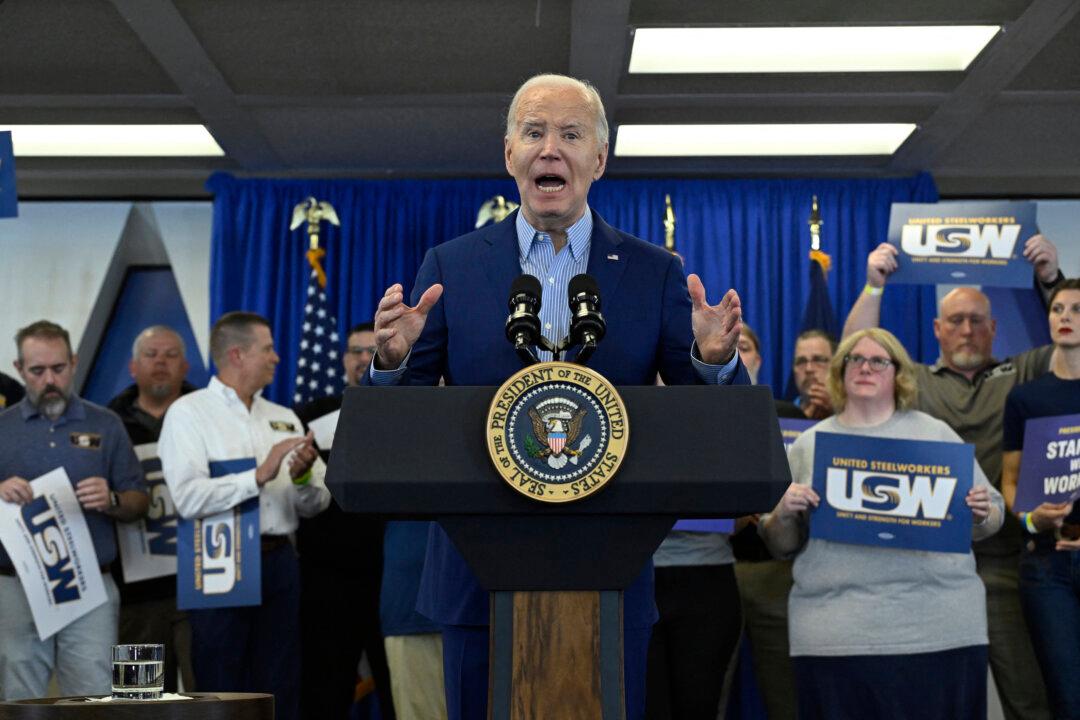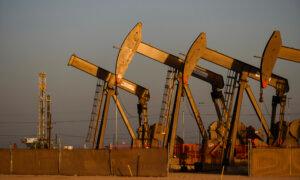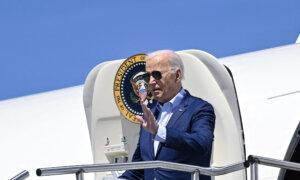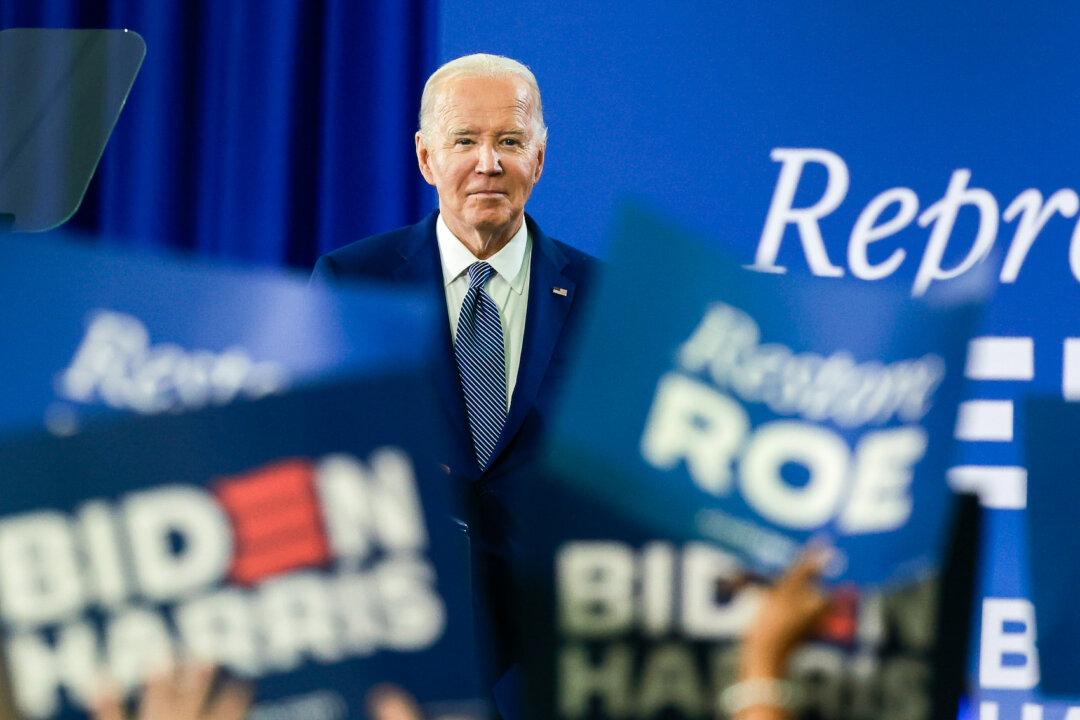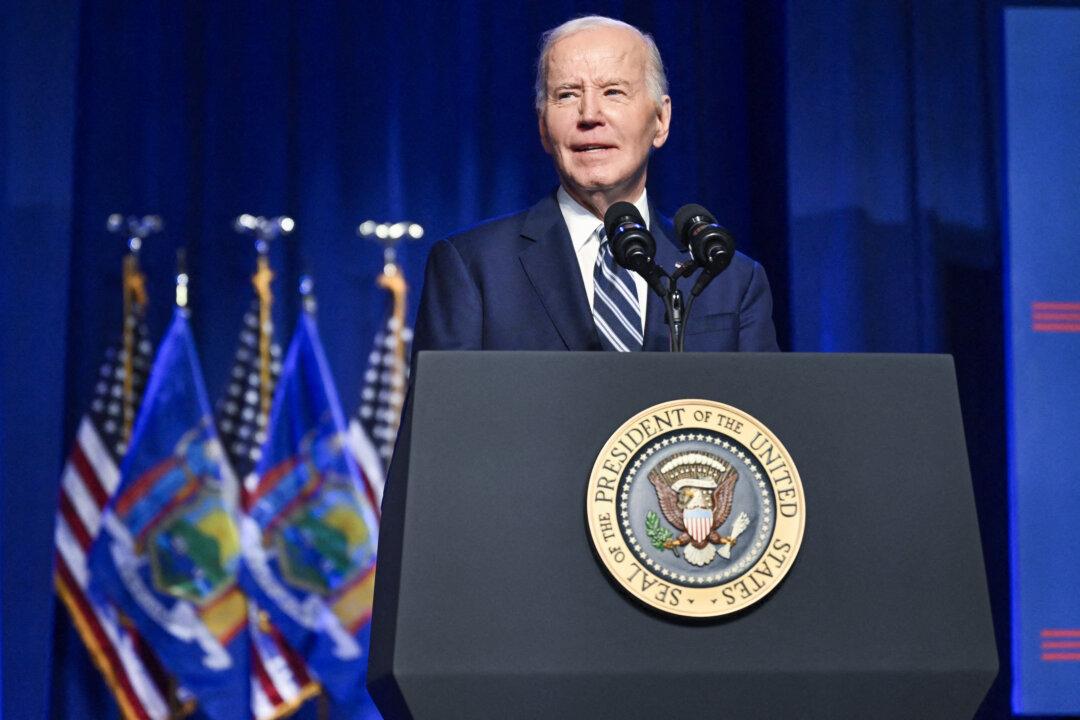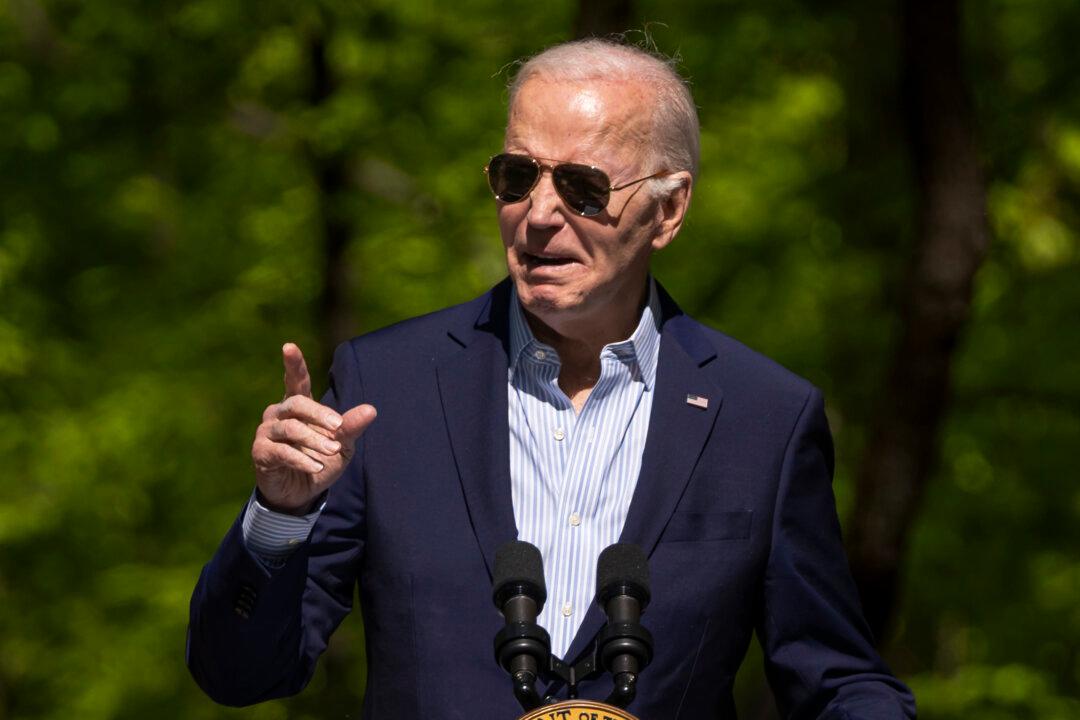PITTSBURGH—President Joe Biden on April 17 called for dramatically higher tariffs on steel and aluminum imports from China, a move likely aimed at pleasing blue-collar voters in the battleground state of Pennsylvania before the 2024 election.
The decision came after President Biden reportedly faced pressure from labor unions to extend the tariffs on Chinese goods.
During his visit to the United Steelworkers (USW) headquarters in Pittsburgh on April 17, President Biden delivered a speech targeting China and his predecessor, former President Donald Trump.
“I’m president because of you guys,” he told his supporters. “I’m proud to be the most pro-union president in American history.”
During his speech, the president talked about actions he is taking to help defend American steel and steelworkers against China’s unfair trade practices.
“For too long, the Chinese government has poured state money into Chinese steel companies,” he said, criticizing Beijing for “dumping extra steel on the global markets at unfairly low prices.”
Chinese steel companies are not competing, “they’re cheating,” he added.
He said his actions are “strategic and targeted” to protect American workers and ensure fair competition. He argued that his approach differs from that of the former president and Republicans, who advocate tariffs on all products from all countries.
“Trump simply doesn’t get it,” President Biden said.
The president announced that the Office of the U.S. Trade Representative (USTR) will consider tripling the existing 301 tariff rate on Chinese steel and aluminum as part of a four-year review. The current average tariff on steel and aluminum is 7.5 percent under Section 301.
For more than a decade, China flooded the global market with cheap steel, negatively affecting businesses around the world, including in the United States.
When President Biden came into office, he kept the tariffs on China imposed by President Trump to protect the U.S. steel and aluminum industries. The USTR has been reviewing Trump-era tariffs to determine whether they should be revised.
“I’m not looking for a fight with China. I’m looking for competition, but fair competition,” President Biden said.
In 2018, President Trump imposed 25 percent tariffs on steel imported from China and 10 percent on Chinese aluminum on national security grounds under Section 232. He stressed the need to defend domestic producers from global overproduction.
The Trump campaign responded to President Biden, accusing him of “betraying” American workers for years.
“The Biden campaign is attacking President Trump’s effective tariffs on China—while the Biden White House is planning to implement similar tariffs on Chinese steel and aluminum,” Karoline Leavitt, press secretary for the Trump campaign, said in a statement.
USTR Opens New Investigation
USW asked President Biden in March to start a trade investigation into China’s unfair practices in the critical maritime, logistics, and shipbuilding sectors. Five labor unions, including the USW, filed a petition with the USTR outlining unfair practices that have helped China dominate global shipbuilding.In response, the USTR on April 17 began an investigation into China’s “non-market policies and practices” targeting those sectors to achieve dominance.
“The allegations reflect what we have already seen across other sectors, where [China] utilizes a wide range of non-market policies and practices to undermine fair competition and dominate the market, both in China and globally,” U.S. Trade Representative Katherine Tai said in a statement. “I pledge to undertake a full and thorough investigation into the unions’ concerns.”
China alone accounts for about half of world steel production, and Chinese export steel prices are 40 percent lower than U.S. steel prices.
“China cannot export its way to recovery. China is simply too big to play by its own rules,” Lael Brainard, director of the White House National Economic Council, told reporters during a call on April 16.
“In manufacturing sectors like steel, China’s already producing more than China or the world can easily absorb. China’s subsidies and other forms of support lead to exports flooding global markets at artificially low prices, undercutting American steel.”
The Biden administration is also in talks with the Mexican government about preventing China from circumventing tariffs by sending steel to Mexico to then be imported into the United States.
“We’re hoping to come to a mutually acceptable solution with Mexico,” a senior administration official said during the call.
According to the White House, higher tariffs on Chinese steel and aluminum would not affect inflation in the United States.
“If we don’t take action, we’re putting at risk one of our most critical sectors—what the president calls the backbone of the American economy, the bedrock of our national security—and that’s domestic steel production,” White House economic adviser Jared Bernstein told CNBC on April 17.
“This is a targeted intervention that shouldn’t have much impact at all on inflation.”
Nippon Steel Takeover Deal
On April 12, U.S. Steel shareholders approved Nippon Steel’s takeover bid, bringing the deal closer to the finish line. President Biden reiterated his concerns about the deal during his visit to Pittsburgh.“U.S. Steel has been an iconic American company for more than a century and it should remain totally American,” President Biden told his supporters.
The president began his three-day tour of Pennsylvania on April 16 with a campaign event in Scranton, where he was born.
During a speech in Scranton, he highlighted a contrast between his economic agenda and that of his 2024 presidential rival and predecessor, President Trump. He also reiterated his push to raise taxes on wealthy individuals and big corporations.
“Folks, where we come from matters. When I look at the economy, I don’t see it through the eyes of Mar-a-Lago; I see through the eyes of Scranton,” President Biden said.
Pennsylvania, which holds 19 critical electoral votes, is a key focus for the Biden campaign.
In 2016, then-candidate Donald Trump won the state by a margin of just 0.72 percentage points over rival Hillary Clinton, aiding his election victory. In 2020, then-candidate Joe Biden won by a margin of 1.17 points.
Ahead of the trip to Pittsburgh, the Biden campaign announced a five-day ad campaign in Pennsylvania to promote President Biden “as the most pro-labor president in history.”
The president is scheduled to travel to Philadelphia for additional campaign events on April 18, concluding his three-day swing through the state.
